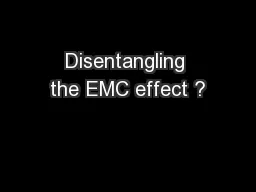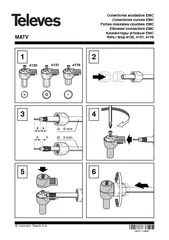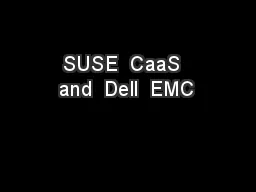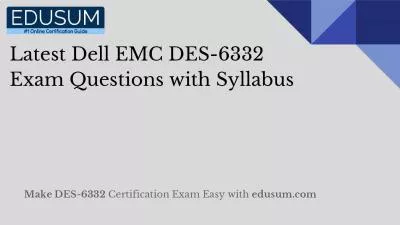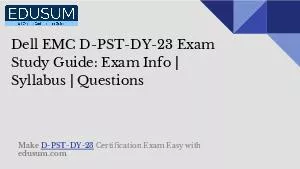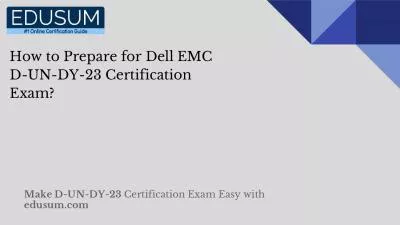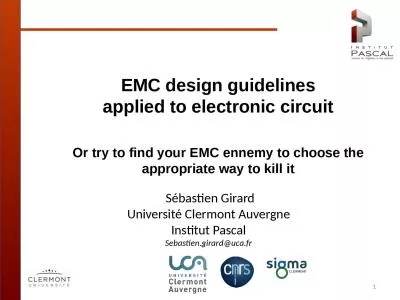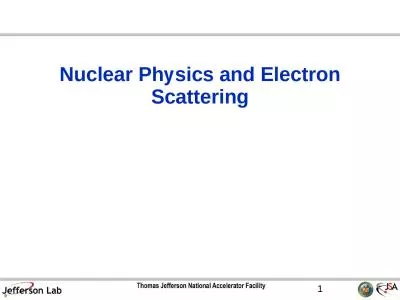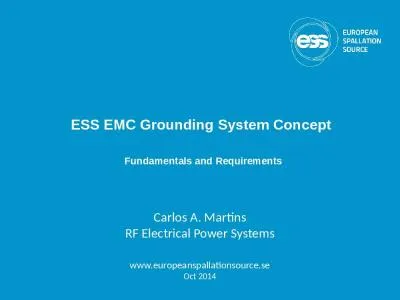PPT-Disentangling the EMC effect ?
Author : trish-goza | Published Date : 2016-03-20
Eli Piasetzky Tel Aviv University Israel The EMC effect is 30 years old Deep Inelastic Scattering DIS E E q nucleon Final state Hadrons W 2 Incident lepton
Presentation Embed Code
Download Presentation
Download Presentation The PPT/PDF document "Disentangling the EMC effect ?" is the property of its rightful owner. Permission is granted to download and print the materials on this website for personal, non-commercial use only, and to display it on your personal computer provided you do not modify the materials and that you retain all copyright notices contained in the materials. By downloading content from our website, you accept the terms of this agreement.
Disentangling the EMC effect ?: Transcript
Download Rules Of Document
"Disentangling the EMC effect ?"The content belongs to its owner. You may download and print it for personal use, without modification, and keep all copyright notices. By downloading, you agree to these terms.
Related Documents

